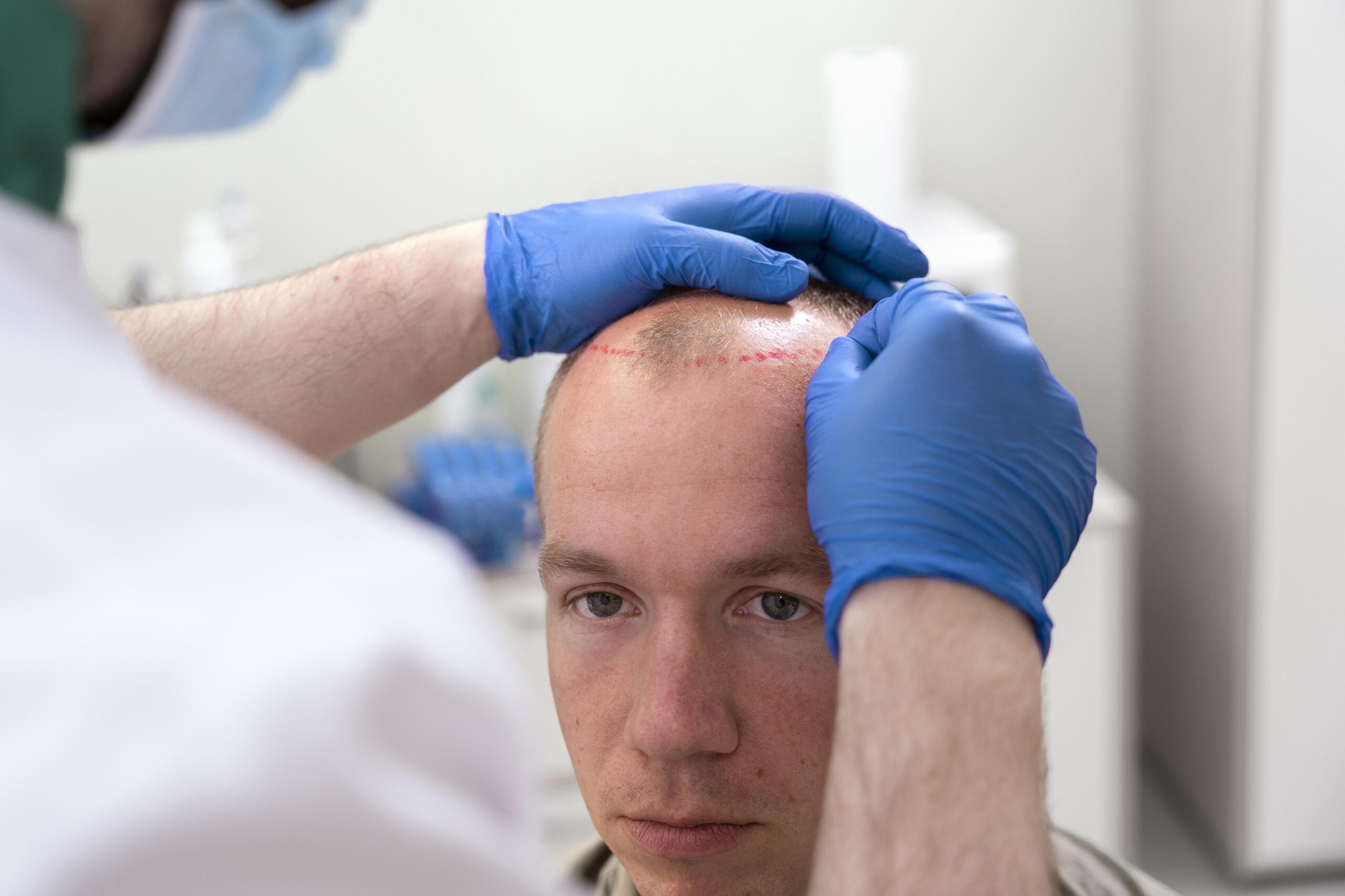- +90 (530) 382 36 10
- Tatlısu, Haliç Sk. Building No:31, Floor:9 Apartment No:35, 34774 Ümraniye/Istanbul
- Monday - Saturday 09.00 - 17.00
DHI Technique Hair Transplant
Contact
- +90 (530) 382 36 10
- info@esteseven.com
- Tatlısu, Haliç Sk. Building No:31, Floor:9 Apartment No:35, 34774 Ümraniye/Istanbul
- Monday - Saturday 09.00 - 17.00
Our Services
Blog
1. Consulting and Planning:
The process of hair transplantation with the DHI technique begins with a detailed consultation and hair analysis. At this stage, the patient's hair loss pattern, hair density and expected results are reviewed. In addition, the number of hair follicles to be transplanted and the area where they will be placed are planned in detail.
2. Local Anesthesia
Local anesthesia is applied to the area to be transplanted so that the patient can experience a comfortable procedure. This way, no pain or discomfort is felt during the procedure.
3. Follicle Removal:
The DHI technique is usually combined with the Follicular Unit Extraction (FUE) method. Hair follicles are extracted individually and carefully without damaging the surrounding tissue. The extracted follicles are prepared for transplantation with Choi Pen.
4. Direct Planting:
The extracted hair follicles are implanted directly into balding or thinning areas with a special instrument called the Choi Pen. The Choi Pen allows precise placement of the follicles under the skin. This method allows for more accurate control of the angles and directions of transplantation, so that the results have a natural appearance.
5. Recovery Process:
Recovery after hair transplantation with the DHI technique is usually fast and comfortable. Mild swelling and discomfort may be felt after the procedure, but this condition decreases within a few days. Most patients can return to their daily activities within a few days after the procedure.
Advantages
- Natural Consequences: The DHI technique ensures that hair transplant results look natural. Precise control of the angles and directions of transplantation helps to create a natural hairline and density.
- High Density: The use of the Choi Pen allows for higher density in the cultivated areas.
- Minimal Trace The DHI technique causes minimal damage to the surrounding tissue and reduces the risk of scarring.
- Fast Recovery: Recovery after the procedure is usually fast, allowing patients to return to their normal lives more quickly.
Things to Consider
The DHI technique requires a high level of expertise and experience. The choice of the clinic and the doctor who will perform the procedure is critical for a successful outcome. Also, as with any hair transplantation method, the DHI technique may not be suitable for every patient. Factors such as hair structure, degree of hair loss and general health status determine the suitability of the method.



